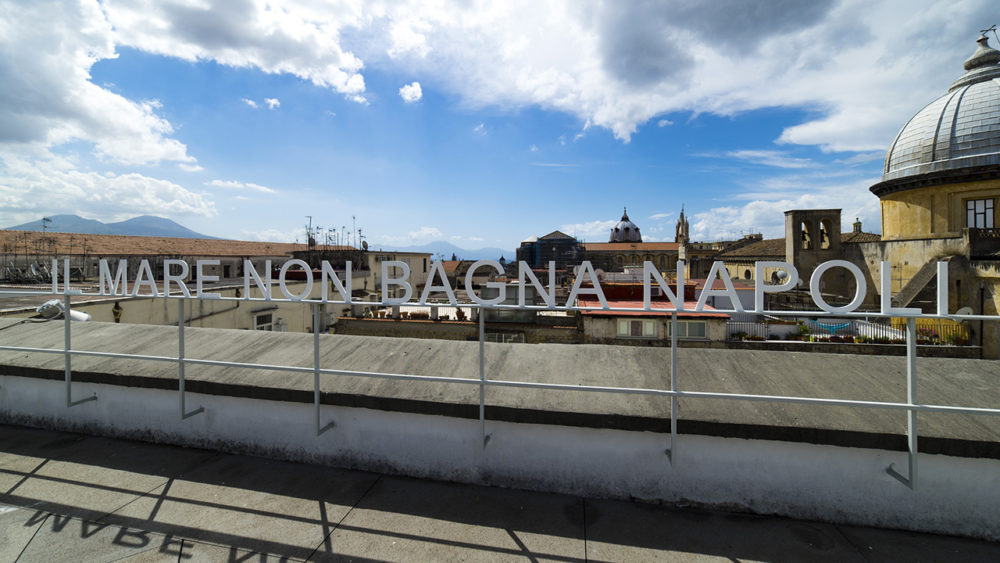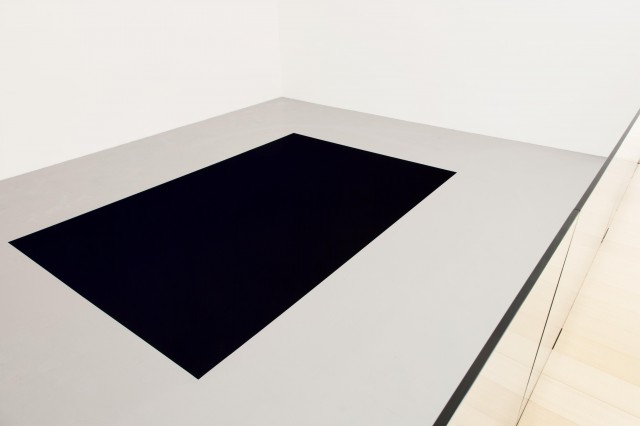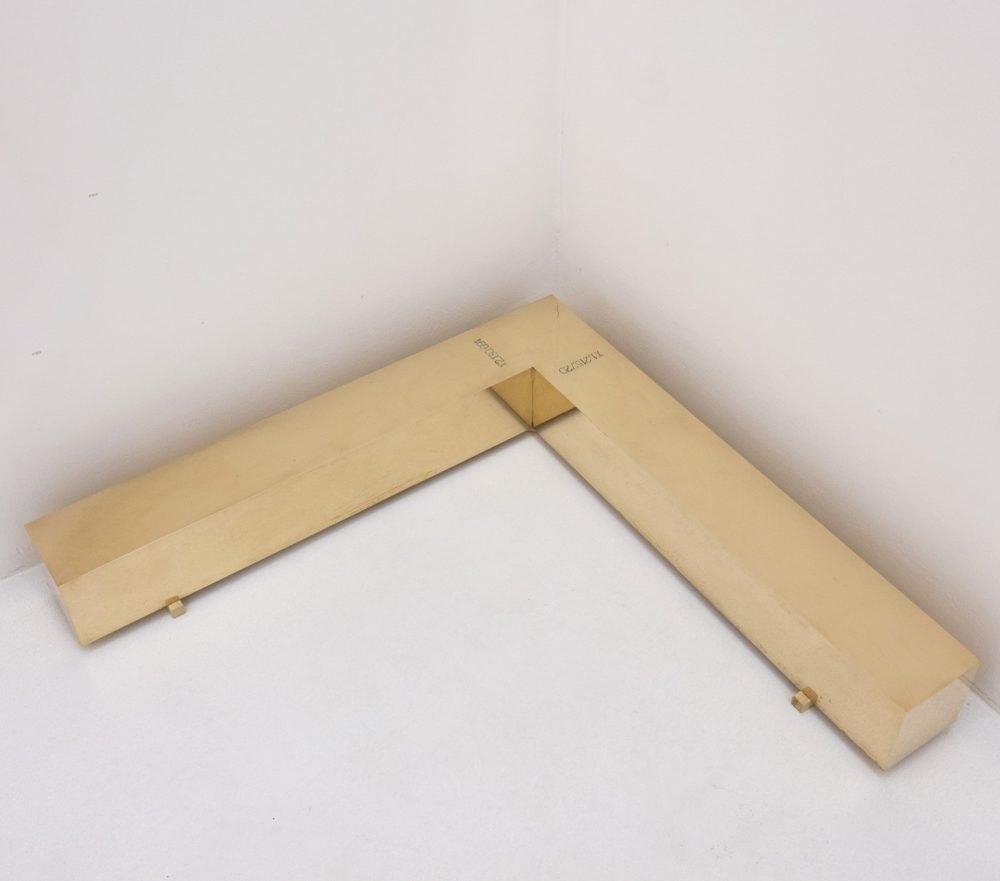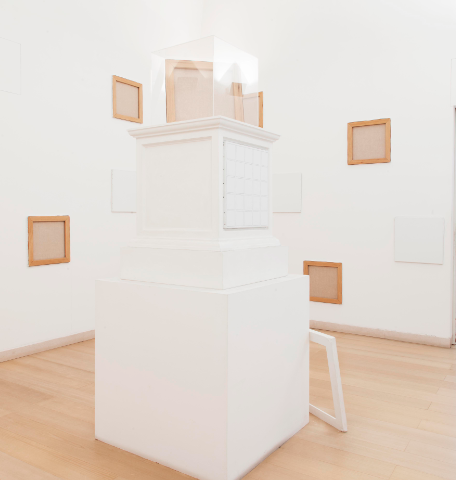As a pair since 1994, Giovanna Bianco (Latronico, 1962) and Pino Valente (Naples, 1967) are engaged in artistic research based on the analysis of phenomena bound up with vision and perception. Fascinated by the mind-body duality, in which the body is understood as a nite structure in space and time, while the mind, replete with information, emotions and memories, appears rather intangible and elusive, Bianco-Valente draw on stimuli from a wide range of fields (the hard sciences, astrology and literature) to make videos and installations that explore the processes of brain functioning.
Since the early twenty-first century, Bianco-Valente’s focus has been on the word as a unit of transmission: laying the emphasis on the mechanisms of formation and structuring of complete sentences, the artists reflect on the possibility of entrusting the incorporeal freight of memories, experiences and suggestions to the linguistic form and its supports. One example is the video Sulla pelle (“On the Skin”, 2010), which takes words from travel diaries, letters, essays and novels that intellectuals and writers from different periods have written about the city of Naples, and layer them visually. Their survey of speech or language develops parallel with that of relational systems, made visible by creating ramifications modeled along the lines of natural branchings, with installations made from electroluminescent wires used to “harness” buildings and public places (including the courtyard of the Madre museum in 2009 and Napoli Mergellina station in 2013).
The new commission for the museum collection, realized in the context of Per_forming a collection project, is designed to be installed on the terrace which offers an all-round view of the surrounding neighborhood of San Lorenzo as far as Vesuvius and the sea, which can be glimpsed in the distance. Il mare non bagna Napoli (“The Sea Does Not Bathe Naples”) is title of the book published by Anna Maria Ortese in 1953, a collection of short stories that depicts the difficulties, tragedy and the suffering of Naples after the war with a critical and sometimes merciless eye. The statement, apparently absurd, embodies a bitter reflection: if the sea stands for openness and opportunities, then Naples can hardly be said to be washed by the waters that offer escape and redemption. Bianco-Valente returns to this harsh assumption, revealing its most paradoxical aspect: from the terrace it is possible to glimpse, though in the distance, the sea itself that the statement denies, creating a short circuit between signified and signifier. The words that compose the inscription are made of iron: the discontinuity of the surface, left in the raw state but covered with a generous layer of paint that will be renewed every year by the artists, intensifies the harshness of the words and refers to an unresolved state of tension, difficult to “smooth out” and for this very reason dramatically authentic.
[Alessandra Troncone]





